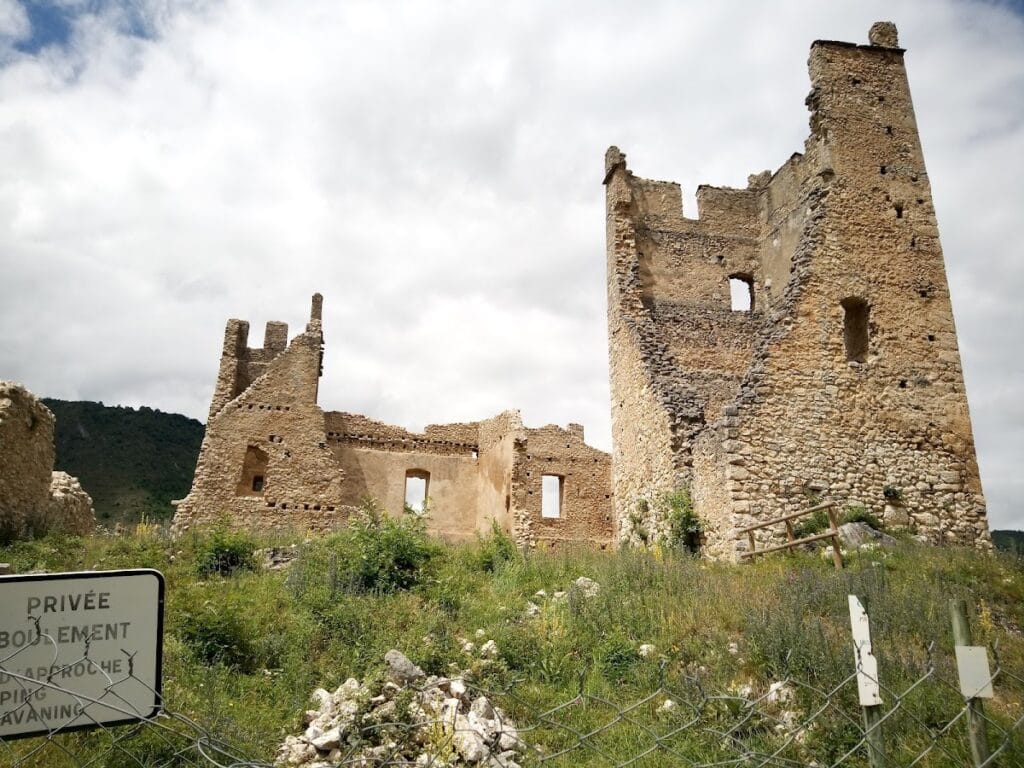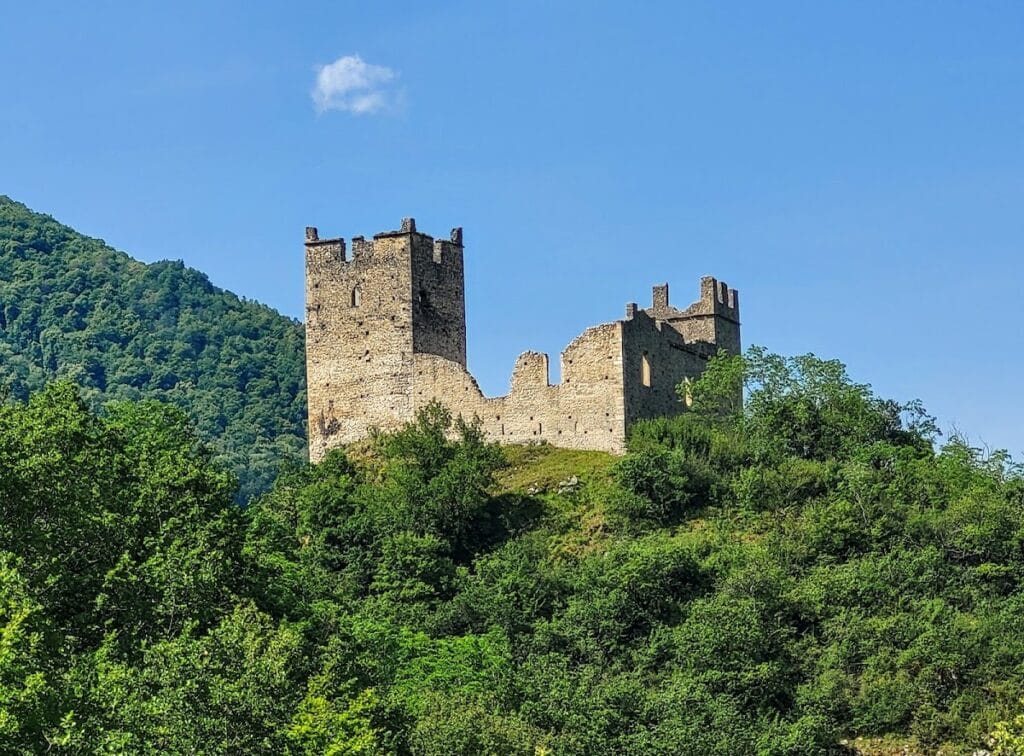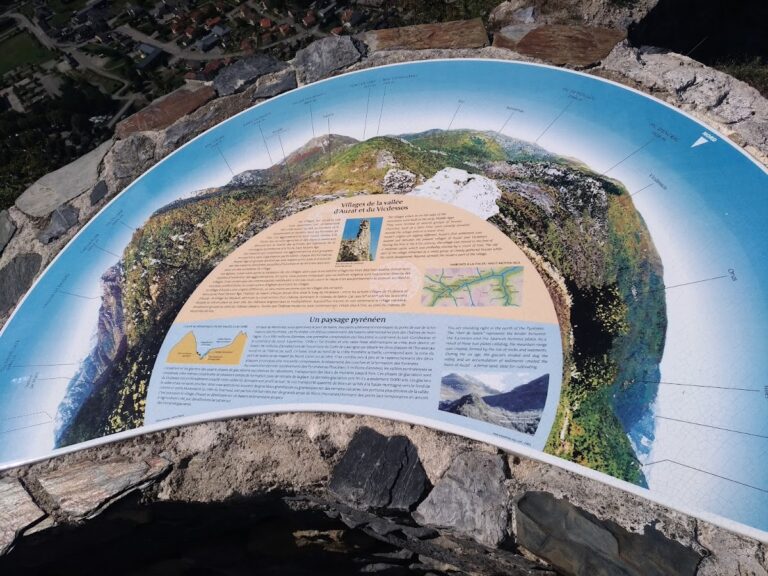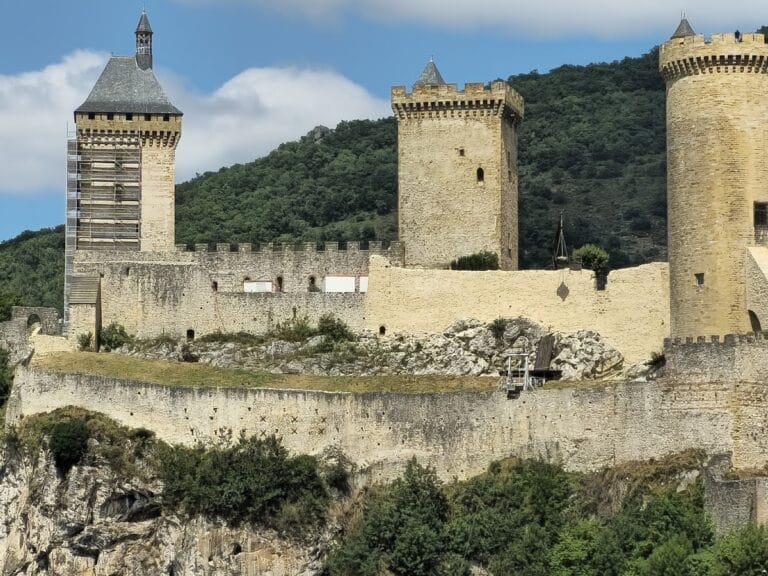Château de Miglos: A Medieval Fortress in France
Visitor Information
Google Rating: 4.2
Popularity: Low
Google Maps: View on Google Maps
Official Website: www.chateau-miglos.fr
Country: France
Civilization: Medieval European
Remains: Military
History
Château de Miglos is a medieval fortress located in the commune of Miglos in present-day France. It was established by the local nobility during the Middle Ages to serve as a defensive stronghold within the County of Foix.
The castle first appears in historical records in 1213, tied to Raymond-Roger, Count of Foix. During this time, it functioned as part of a protective chain safeguarding the region amid the upheavals of the Albigensian Crusade. Notably, the castle helped confirm allegiance to both the Catholic Church and the King of Aragon. The Lords of Miglos held the castle, with Arnaud de Miglos standing out as a figure who was imprisoned after the 1244 Siege of Montségur for his support of the Cathars, a religious group deemed heretical by the Church.
In 1311, Gaston I, Count of Foix, removed the Miglos family from their holdings due to their Cathar sympathies, transferring the castle and its surrounding lands to Bernard de Son, also known as Bernard d’Usson. Bernard undertook restoration work on the castle in 1320. Over the following centuries, the fortress changed hands among several noble families, including the Rabats, d’Arnave, du Léon, Louvie, de Béon, de Goth, and finally the de Montaut family by the early 17th century.
The 17th century brought significant destruction when Cardinal Richelieu ordered the deliberate demolition of the castle amid efforts to suppress feudal strongholds. Further damage occurred during the French Revolution, and the site suffered additional plundering in 1830 during the social unrest known as the Guerre des Demoiselles. In the late 20th century, the ruins were acquired by local residents who transferred ownership to the municipal authorities. Since 1999, efforts to stabilize and conserve the remaining structures have helped preserve the castle. The site has been officially recognized as a historic monument since the late 1980s, reflecting its importance in regional history.
Remains
The Château de Miglos occupies an elevated limestone promontory roughly 750 to 779 meters above sea level, overseeing nearby valleys and villages. The castle’s footprint is elliptical, measuring about 100 meters in length and 30 meters across, with the core buildings covering approximately 600 square meters. Its position offered strategic control over medieval routes connecting surrounding territories.
Central to the fortress is a rectangular keep, or donjon, situated on the southeast side. Originally reaching four stories and standing about 19 to 20 meters tall, this tower featured walls over a meter thick, constructed of local limestone. Though partly collapsed between 1948 and 1949, early 20th-century photographs reveal the keep intact, albeit with a substantial crack indicating structural stress. Restoration work in recent decades, including the injection of lime to crystallize and strengthen the stone masonry, has helped to stabilize this key element.
On the northwest edge stands a second square tower, approximately 15 meters in height, characterized by battlements along its top and containing a dungeon area at ground level. Defensive walls connected this tower to the keep, forming an enclosed section that housed at least two separate rooms. Along the eastern side of the castle, historic records note the presence of a hall equipped with arrow slits, or meurtrières, designed to guard the approach to the fortress.
The lord’s residence was located towards the northern part of the castle complex, indicating a clear spatial organization within the enclosure. The use of sturdy limestone, typical of the local geology, is consistent in nearly all structures. Modern conservation efforts have focused on stabilizing these masonry walls to prevent further deterioration. Overall, the remains illustrate a fortified residence adapted for both defense and habitation during its active period in the medieval era.







